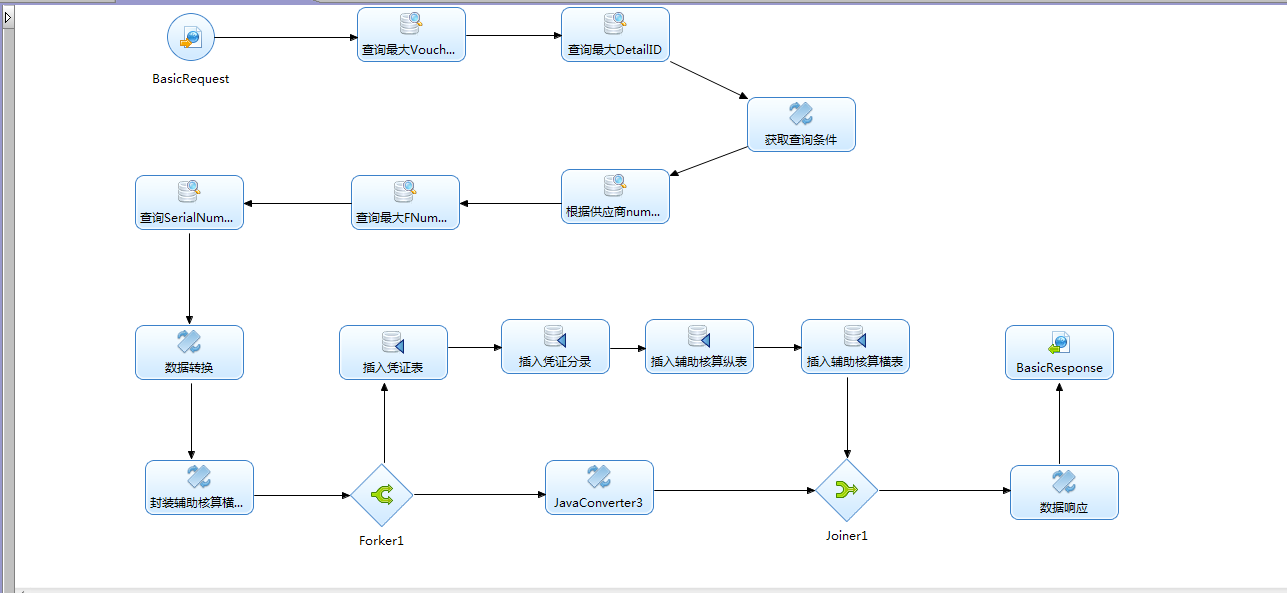1 Introduction
E-commerce is a new and developing modern business mode. It has developed rapidly since 1995, showing great modern business value. In 1997, the governments of Europe, the United States, Singapore and many other countries issued the e-commerce development outline, which aims to guide the free competition and healthy development of global e-commerce, and vigorously promote the practice of e-commerce. The development outline of the Chinese government will also be issued in the near future to promote Chinese enterprises to adapt to the development of internationalization and participate in international competition. There is reason to believe that in the 21st century, e-commerce will gradually become the main way of social life, and will also become the foundation of the digital society.
Compared with traditional industries, e-commerce has more detailed and higher requirements in logistics, customer and order management, such as logistics process tracking, reasonable allocation of inventory between warehouses, etc.; customer segmentation, customer characteristics analysis; rapid response to orders, order tracking, etc. However, as a management software, ERP system is difficult to meet the above-mentioned detailed requirements. Therefore, the ERP system is more in the sense of building a framework and specification for the enterprise's information system, and other professional systems are integrated with the ERP system through the interface, so as to achieve the goal of e-commerce management.
So how to realize the connection between online mall and offline ERP, offline ERP and financial system, and realize real-time data synchronization? This is the problem faced by e-commerce platforms now. The following will mainly introduce how the e-commerce industry solves this problem.
2 Project introduction
The company in the case is mainly engaged in books, music, mobile communication, digital, major appliances, small appliances, etc. It is a comprehensive online shopping mall integrating fresh vegetables, clothing, home furnishing, books, audio and video. The combination of online and offline has fully met the needs of consumers for different shopping experiences. It is a subversion of the retail business model and a reshaping of the management system, redefining a new model and standard in the retail industry.
In this comprehensive development project, due to the company's listing requirements, it is necessary to quickly realize system connection. Using Shutongchanglian AEAI ESB as an integrated business system to realize the interconnection of heterogeneous systems, the main realization is the integration and docking of the online mall and the offline ERP system, and the integration and docking of the offline ERP system and the financial system.
3 System Architecture
3.1 Overall Architecture
The work content of the enterprise portal project mainly includes: online mall→offline ERP, offline ERP→online mall, offline ERP→financial system. The systems involved include: online mall, ESB data conversion ( commodities , orders, stores, etc.) , inventory), offline ERP, financial system.
Based on AEAI ESB to build commodity data conversion (addition and modification), order data conversion (data) and docking (status), store data conversion (addition and modification), inventory data docking, financial K3 integration, and realize WEB services based on graphical and drag-and-drop methods And the construction of message flow to ensure the efficiency and quality of interface development.
3.2 Functional Architecture
Based on AEAIESB, Shutong Changlian builds a web service interface for data transmission, and provides interfaces for adding and modifying data for various business systems to call. When data synchronization is performed, the WS provided by the ESB is called first, and the WS offline is called by the ESB.
4 Project Overview
4.1 Online and ERP integration
Shutong Changlian builds user-synchronized web service interface based on AEAIESB, provides adding and modifying interfaces for each business system to call, the online mall calls ESB's WS, and then ESB calls offline stored procedures.
1. New ws application addition process
-
Input parameter: the product type is com.hl.eai.services.models.Product to encapsulate the data in the database
-
Output parameter: The RESULT type is com.hl.eai.services.models.ResultStatus to encapsulate the response information
2. The flow chart of adding a message process (GoodsSyncCreate) is:
-
Data Transformation: Put data transformation into DataRow
-
Save product: save product information to the EBIZ_PRODUCT table
-
Save Supplier: Save supplier information to EBIZ_SUPPLIER table
-
Save product classification: save product classification information to the EBIZ_PROCATEGORY table
-
Save sub-items: save sub-item information to the EBIZ_PROATTACHMENT table
-
JdbcExecuter1: Call the stored procedure offline
-
result transition: return status
4.2 ERP and Financial Integration
Based on AEAIESB, Shutong Changlian builds a web service interface for user synchronization, provides a data interface for business system calls, offline ERP calls ESB's WS, and then ESB's WS inserts data into the financial database.
1. New ws application addition process
-
Input parameter: voucher type is: com.hl.eai.models.Voucher passes financial data
-
Output parameter: RESULT type is: com.hl.eai.models.ResultStatus encapsulates the response information
2. The flow chart of adding message flow (FinanceSyncImpVoucher) is:
-
查询最大VoucherID:获取数据库表t_Voucher中FVoucherID的最大值
-
查询最大DetailID:获取数据库表t_ItemDetail中FDetailID的最大值
-
获取查询条件:获得后面查询所需要的条件
-
根据供应商number查询ItemId:根据Fnumber查询表t_Supplier中的FItemID
-
查询最大Fnumber: 根据Fyear、Fperiod、FGroupID查询表t_Voucher中的FitemID的最大值
-
查询SerialNum最大值: 根据FYear查询表t_Voucher中的FserialNum的最大值
-
数据转换:将数据转换放入DataRow中,以及逻辑判断限制
-
封装辅助核算横表/纵表: 将数据转换封装到DataRow中
-
Forker1:分支节点
-
JavaConverter3:打印错误信息
-
插入凭证表:向表t_Voucher中插入数据
-
插入凭证分录:向表t_VoucherEntry中插入数据
-
插入辅助核算纵表 : 向表t_ItemDetail中插入数据
5 业务价值
1. 结合该企业自身特点实现线上、线下数据实时链接同步
该企业电商平台线上与线下数据实时同步,通过业务集成保证了线上商品、订单与现下的库存信息动态连接,保证工作人员对产品信息的实时监控与把握。
2. 技术先进,扩展性强,随需应变
系统技术先进,扩展性强,能够满足该企业当前和未来发展的需要,并能够平滑升级,能够快速适应后续新系统的添加,并进行快速集成,实现应用架构平台化、管理系统集成化的要求。
3. 数据准确,交互友好,方便易用
搭建的系统能够实现数据实时同步,减少财务部门的工作量,降低了人工成本;避免了人工统计的易错性,并且做好界面的友好交互。
6 小结
该集成项目将电商平台的线上商城与线下ERP,线下ERP与财务进行集成的对接。通过本系统集成为企业实现数据的同步,方便企业对信息的实时监控与管理。数通畅联基于AEAI ESB构建数据传输的Web服务接口,提供调用WS接口,供各业务系统调用,数据同步的时候先调用ESB提供的WS在由ESB调用线下的WS。具有高灵活性、高可靠性以及可扩展性,为电商平台提供方便易用的管理方式。





